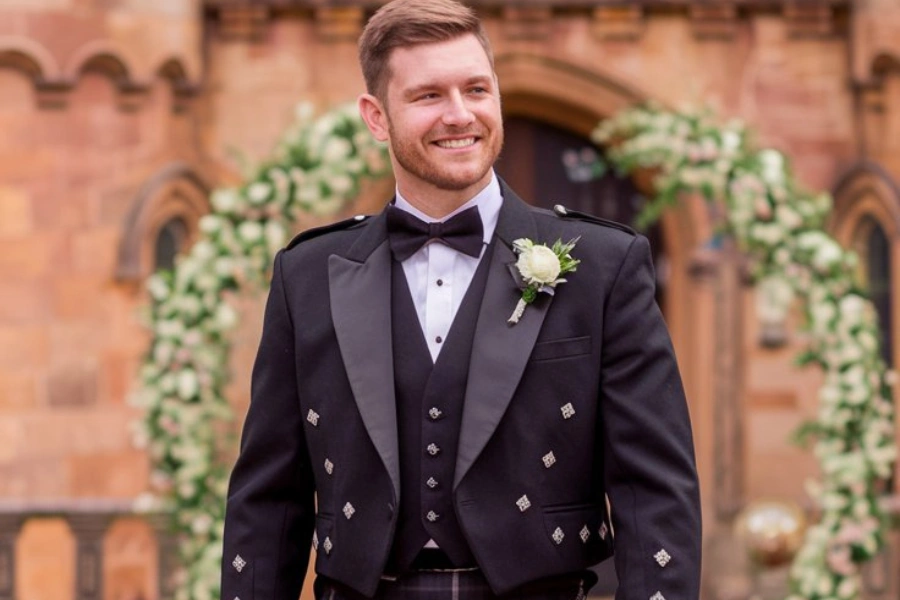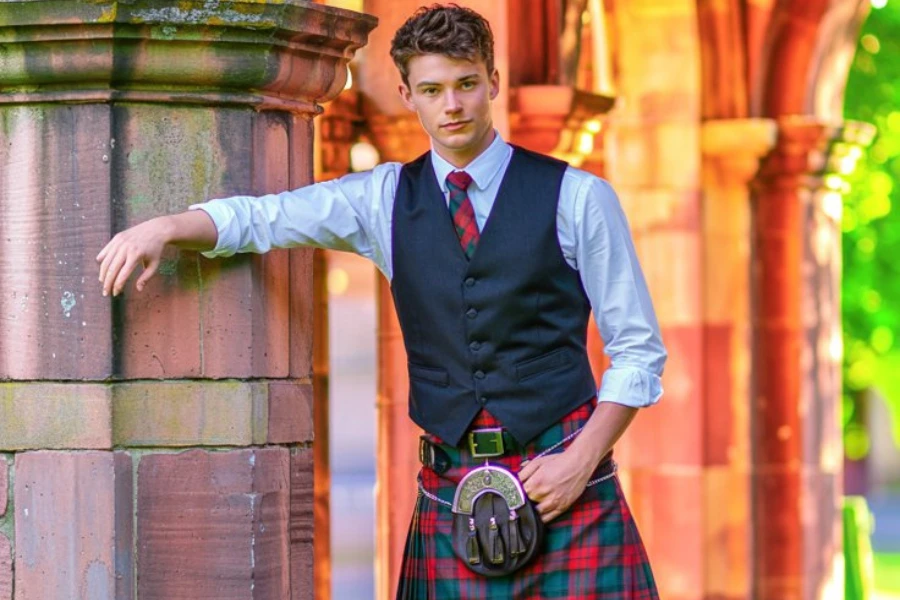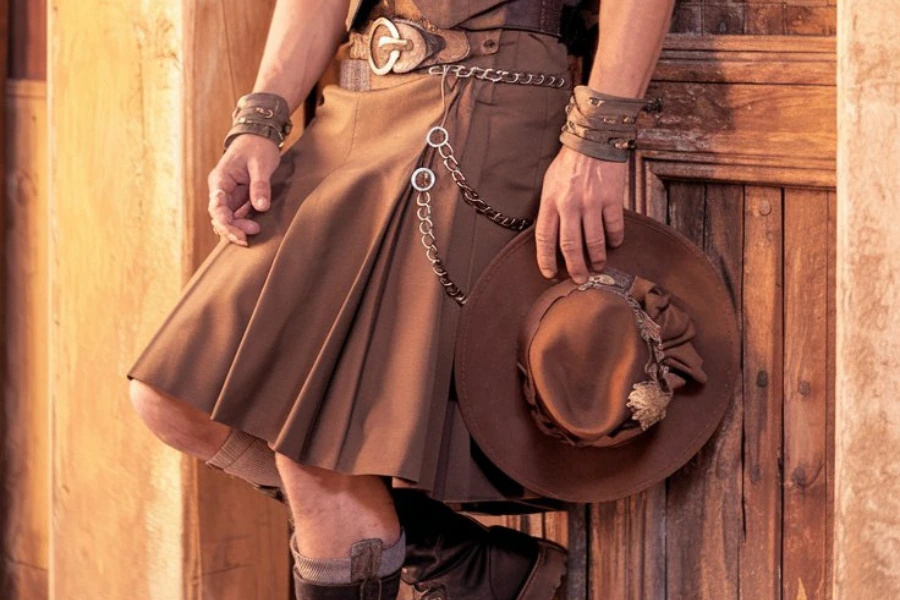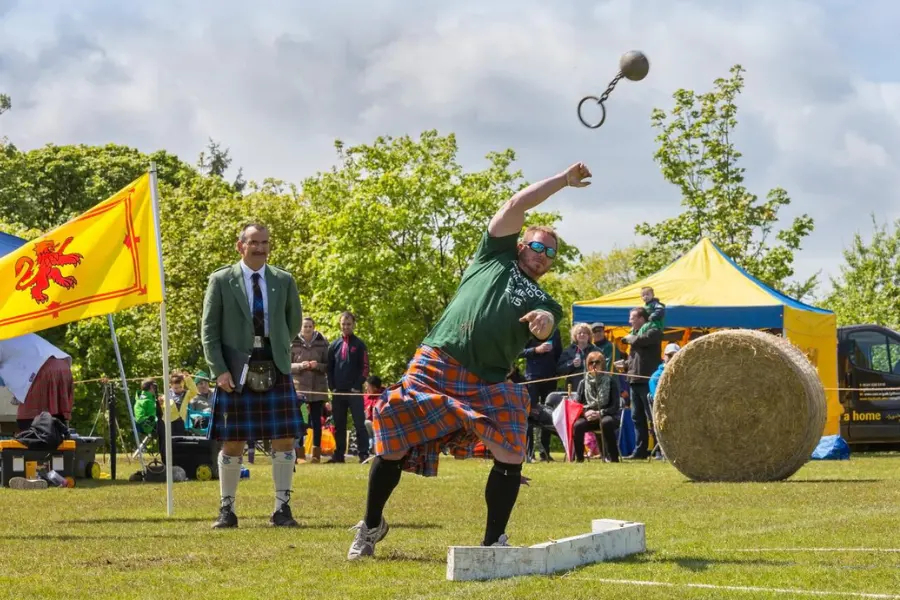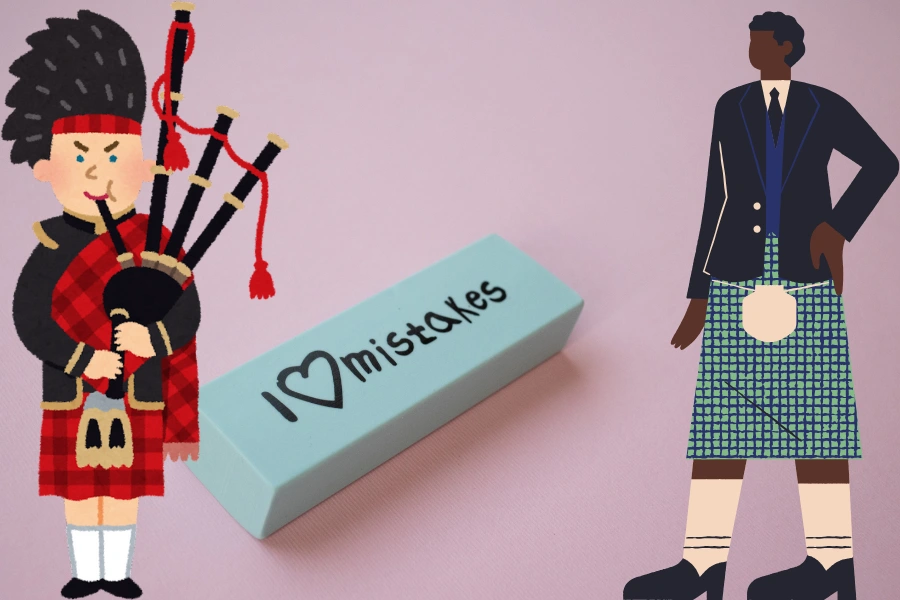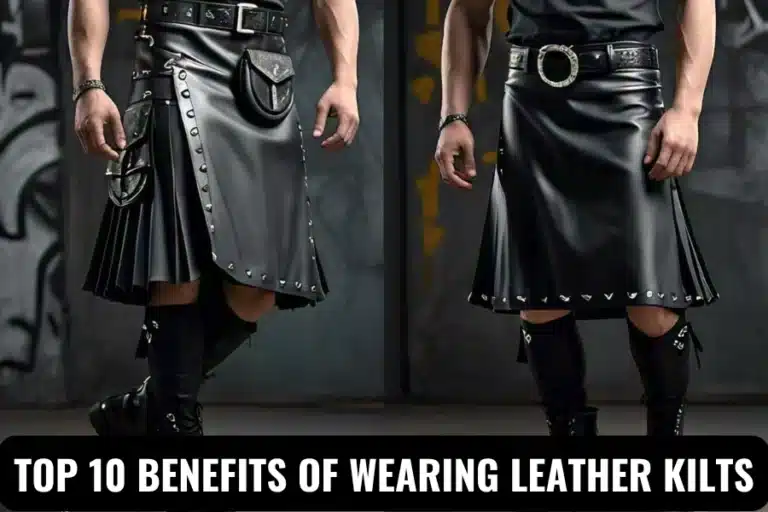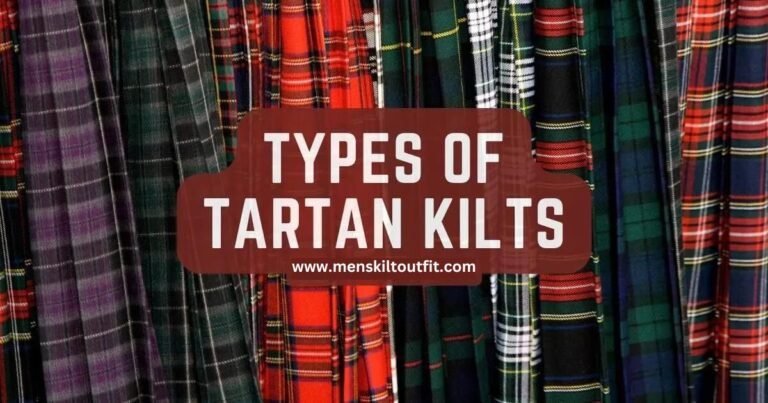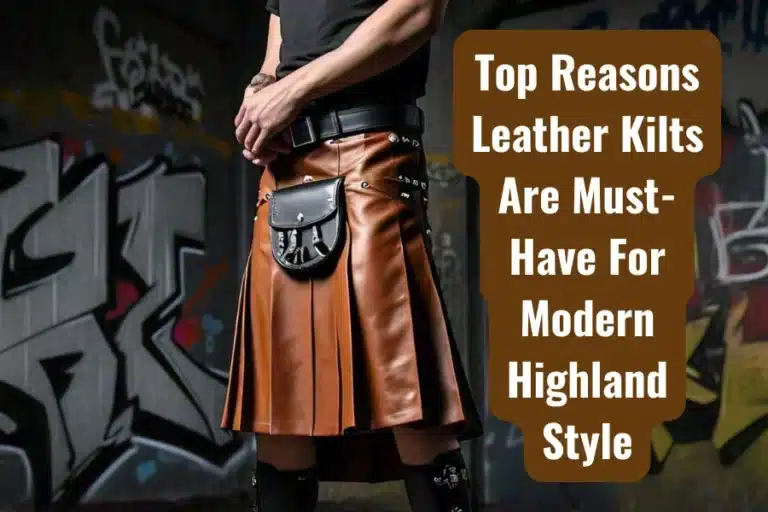How To Style Your Kilt For Any Occasion
Because kilts for men aren’t just for parades or weddings anymore.
Let’s be honest—styling a kilt can feel a little intimidating at first. Maybe it’s the weight of tradition (especially with Scottish kilts for men) or maybe it’s the simple fact that, well, most people aren’t used to wearing one. But that’s part of the charm, right? Kilts are bold. Purposeful. And with just a bit of thought, they can fit into almost any setting—from formal to totally casual.
Still, figuring out what works and what doesn’t? That can take some trial and error.
Whether you’re reaching for a classic tartan, a rugged utility kilt for men, or something uniquely Irish, this guide will walk through how to style your kilt for nearly every kind of occasion. Not all of it is cut-and-dry. That’s okay. In fact, it’s probably better that way.
Let’s Start With the Basics: What Kind of Kilt Are You Wearing?
Because the truth is, the type of kilt you wear kind of sets the tone for everything else.
- Traditional Scottish kilts usually carry a sense of formality. They’re rooted in heritage, often tied to a clan tartan, and when worn right, they can look incredibly sharp. But they can also feel out of place if you’re, say, grabbing coffee with friends.
- Irish kilts for men are a little more understated—typically solid colors, less pattern-heavy. Easier to dress up or down depending on accessories.
- Utility kilts are the wildcard. Casual, functional, modern. Some come with pockets or buckles, others with contrasting stitching or leather panels. They’re meant for everyday wear, but that doesn’t mean they can’t be styled smartly.
So the question becomes: where are you going?
Weddings & Ceremonial Events: Go Full Traditional (But Not Overdone)
If you’re attending a wedding—especially a Highland or Celtic one—lean into tradition. Go full kit. You might feel a bit overdressed at first, but trust me, when you see everyone else in dress kilts, you’ll be glad you committed.
For Scottish kilts for men, that means:
- A well-fitted Prince Charlie or Argyle jacket
- A sporran (leather for daywear, fur for evening)
- Kilt hose and flashes
- Ghillie brogues (those lace-up shoes that feel fancier than they look)
- A proper belt and kilt pin
- And yes, a sgian dubh if the event allows (that little knife tucked in the sock)
Irish formalwear often swaps the Prince Charlie jacket for a Brian Boru jacket or even a waistcoat and tie. It feels formal without the same ceremonial heaviness.
Tip: Keep your shirt crisp and white. It’s the anchor point of the whole outfit. I once saw a guy try to pull off a light blue shirt with a red tartan. It… didn’t go well.
Business-Casual or Social Events: Dress It Down (But Keep It Neat)
Dinner party? Art gallery opening? Even a date? A kilt can absolutely work—just skip the regalia.
For a polished but not-too-formal vibe:
- Pair your kilt with a button-down shirt (think oxford cloth or chambray)
- Add a vest if you like layers, but leave the heavy jacket at home
- Leather boots or simple brogues work well here
- You can still wear a sporran, just choose one with a more casual look (daywear leather, not fur)
This is where Irish kilts shine. The solid colors are easier to mix with modern pieces. I personally like charcoal gray or forest green—they go with almost anything.
Everyday Wear: Utility Kilts Are Your Friend
Now here’s where things get more relaxed.
Utility kilts for sale aren’t about lineage—they’re about comfort and movement. You’ll often see guys wear them at music festivals, Renaissance fairs, or just out for errands. The key here is balance. Too casual on top, and the whole outfit feels unstructured. Too formal, and you’re mixing signals.
Here’s what works:
- Fitted t-shirts or henley shirts (not too loose)
- Hoodies or work shirts for layering
- Combat boots, hiking boots, or even high-top sneakers if the kilt is modern enough
- A leather belt (or skip it if the kilt has an integrated one)
A guy I know wears his tan canvas utility kilt with a black tee and tactical boots almost every weekend. He says it’s more comfortable than jeans, and honestly? He pulls it off.
That said, maybe avoid pairing it with a sports jersey. It gets a little confusing visually—unless that’s what you’re going for.
Festival or Highland Games: Lean Into Personality:
Festivals are your chance to be bold. Colorful. Even a bit over the top.
Feel free to wear:
- A bold tartan or hybrid-style kilt
- Sleeveless shirts or tank tops (especially in summer)
- Arm cuffs, Celtic jewelry, leather pouches—whatever makes the outfit feel “yours”
- Sturdy boots or even barefoot, depending on the vibe
This isn’t about perfection. It’s about spirit. Expression.
You might sweat a little, you might spill something on your kilt. That’s okay. It’s part of the memory.
Cold Weather Styling: Layer With Intention:
Kilts aren’t just for warm weather. In fact, heavy wool kilts offer great insulation. The challenge? Keeping the rest of your body warm while maintaining some sort of style logic.
Here’s what works:
- Thick wool socks (kilt hose if you’ve got them)
- Chunky knit sweaters or cardigans
- Long wool coats or field jackets
- Scarves that don’t compete with your tartan (choose neutrals)
If you go with a utility kilt, layering becomes more flexible. Hoodies, denim jackets, even tactical vests can look great if styled intentionally.
A Few Styling Mistakes To Avoid:
Let’s just mention them—because we’ve all seen them:
- Wearing a formal tartan kilt with a graphic t-shirt. It looks mismatched.
- Running shoes with a formal kilt. Just… no. Comfort is good. Context matters more.
- Wearing socks pulled up over the knee. Kilt hose should sit just under it.
- Skipping the iron. Wrinkled kilts, especially tartans, look sloppy fast.
Also—this is just personal—but I think trying to match a kilt with a blazer that almost fits can ruin the look. Better to go with no jacket than a poor one.
At The End of The Day…
Your kilt is an extension of who you are—or who you want to be that day.
Some men wear kilts for deep cultural reasons. Others just think they look good or feel comfortable. There’s room for both. There’s no single “correct” way to wear one, even if tradition tries to suggest otherwise.
Maybe that’s what makes kilts so interesting. They’re old, yet flexible. Rooted, yet open. You can honor history or break from it—and sometimes do both in the same outfit.
So go ahead. Try it your way. See how it feels. Adjust from there.
Because when it feels right, you’ll know.



